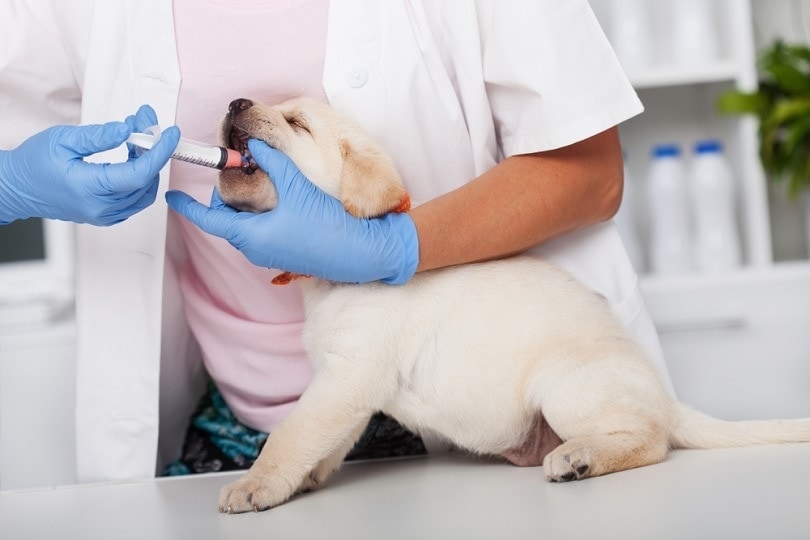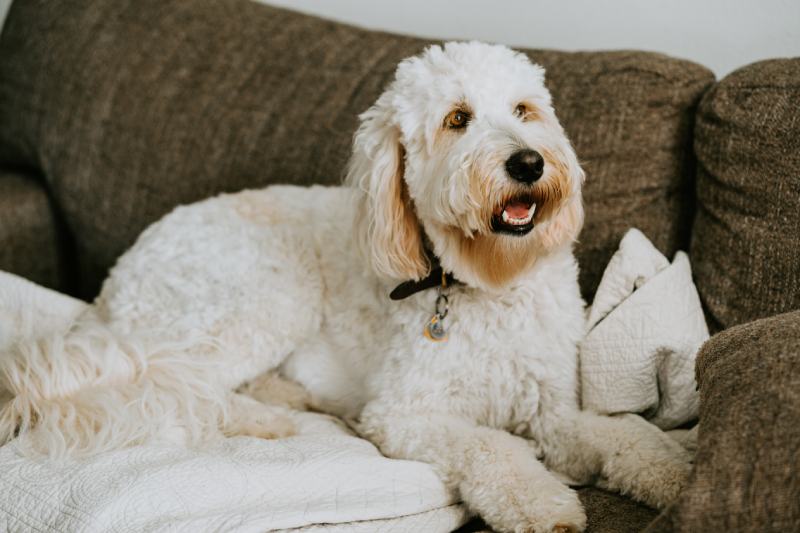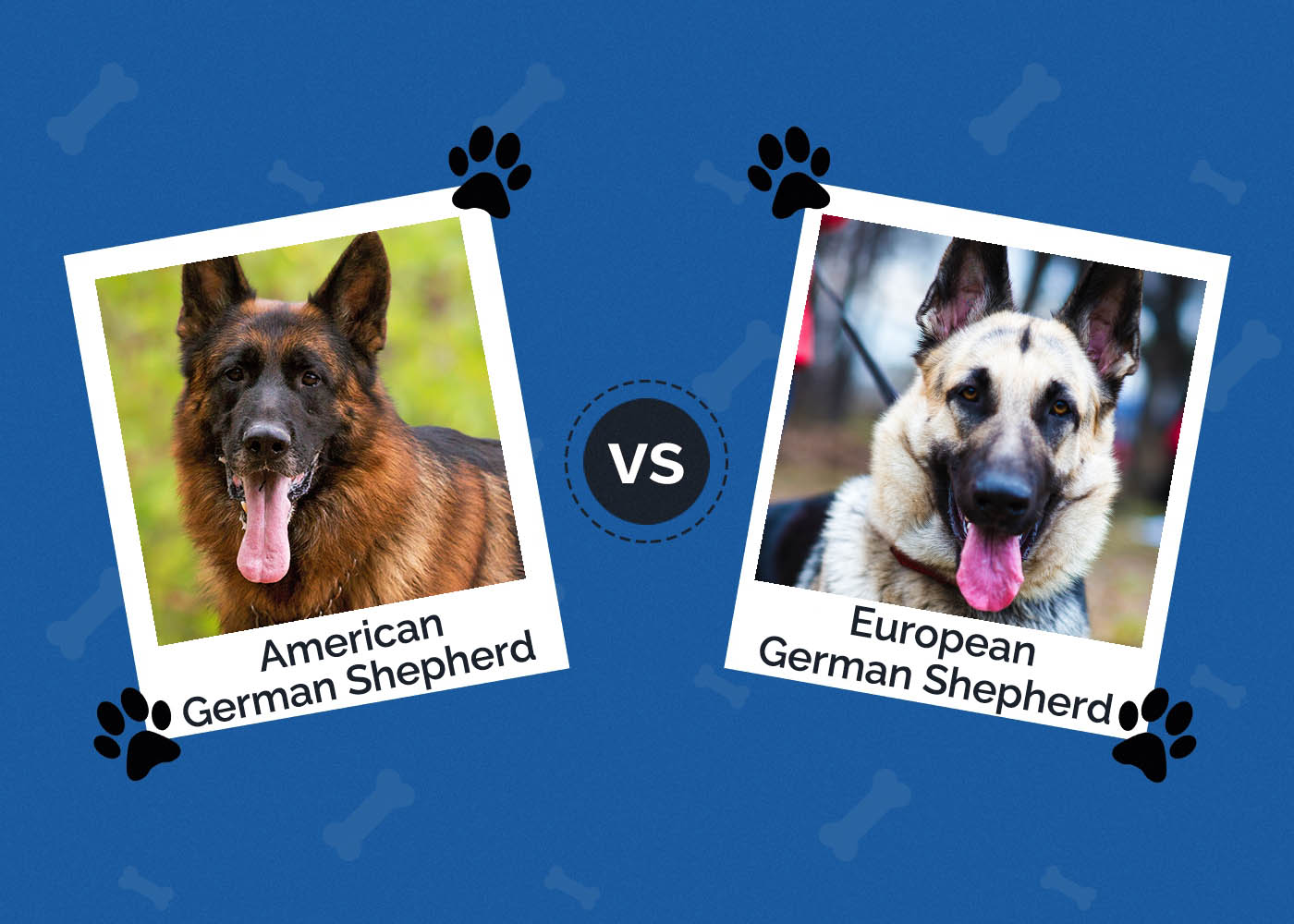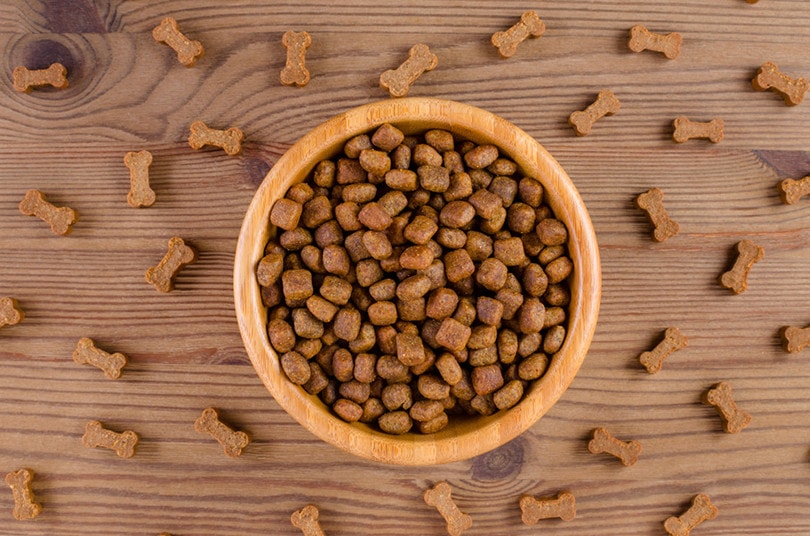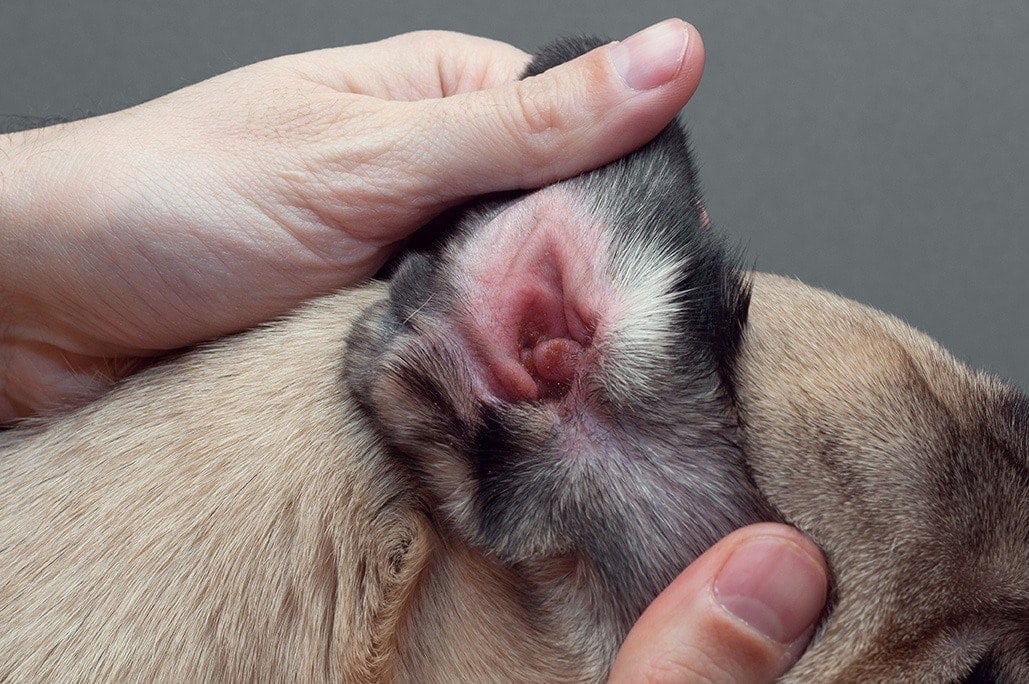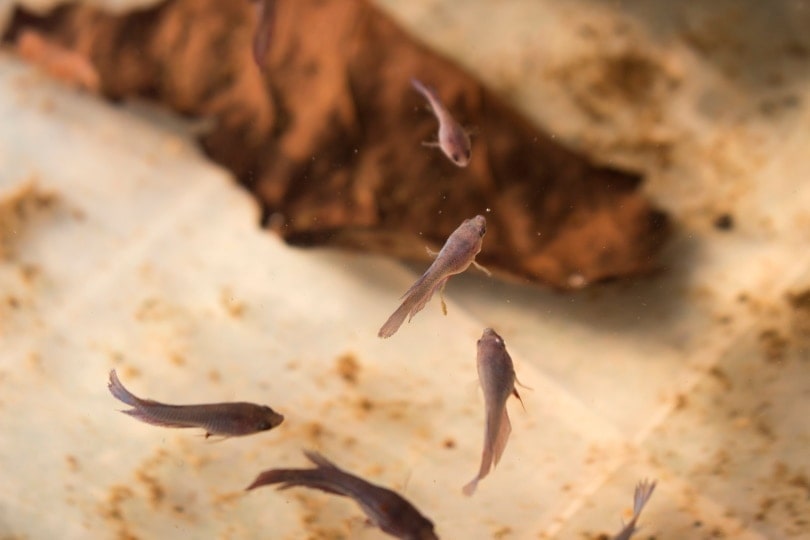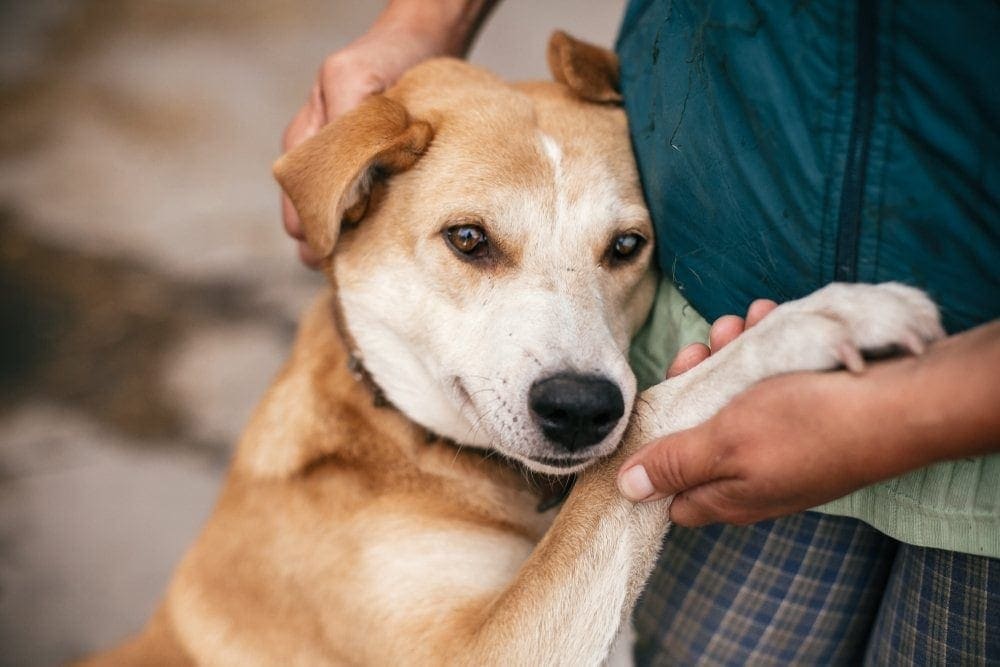Can Dogs Eat Lucky Charms? Vet Reviewed Explanation
Updated on

Got a sweet tooth craving you can’t ignore? A bowl of Lucky Charms will curve the sugar lust in an instant. But what about the dog? Can he have a taste of the magically delicious cereal?
The short answer? No. For the long answer, keep reading.
Why Lucky Charms Is Bad for Dogs
Lucky Charms isn’t toxic to dogs, so you don’t need to worry if your pup has been sneaking scraps from your toddler. Even so, it’s best to keep the dog clear of the stuff.
The biggest culprit in Lucky Charms is the sugar content. The famous cereal is full of refined sugar that a human rarely needs, let alone a dog. Looking at the first five ingredients, you’ll know what we mean:
- Whole Grain Oats
- Sugar
- Corn Starch
- Modified Corn Starch
- Corn Syrup
Notice that the second ingredient is sugar. This means it’s the second most prominent ingredient in the entire meal.
Whole-grain oats aren’t horrible for dogs, but cereal is primarily refined, resulting in empty calories. In other words, it has absolutely no nutritional value. Lucky Charms also offers several flavor varieties, some including chocolate. The amount of chocolate in these cereals varies but chocolate can be toxic to canines and should be avoided.
Aside from chocolate, these ingredients won’t harm your dog instantaneously, but they can do damage if consumed too frequently.
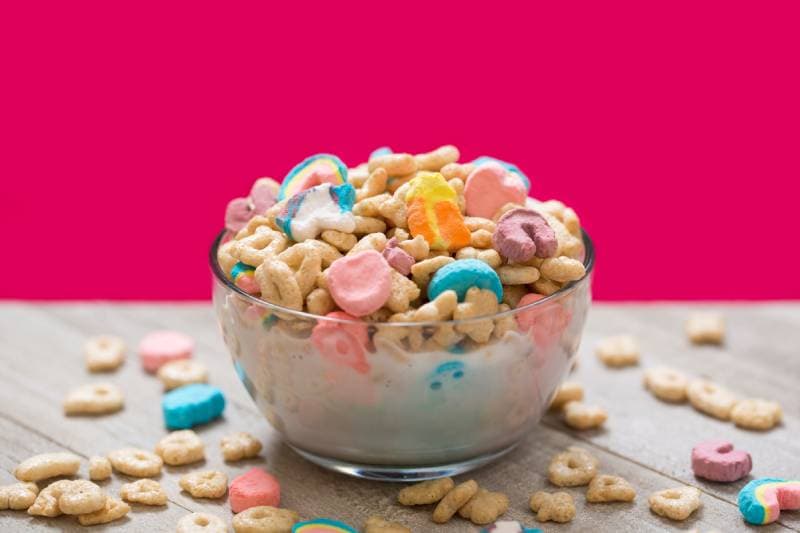
What About Plain Marshmallows?
Nothing screams summertime better than marshmallows around a campfire. Or you can binge an entire bag on the couch. Either way, the dog shouldn’t get any, sadly.
Marshmallows are full of sugar, like Lucky Charms. They cause problems later down the road if you feed them too often. They won’t harm your dog’s life immediately, so a marshmallow here and there may not hurt—just don’t make it a habit.
Some marshmallows are ‘sugar-free’ and instead contain the artificial sweetener xylitol. These must be kept well away from your pup as xylitol is highly toxic to dogs even in small quantities. If dogs ingest xylitol it can rapidly cause dangerously low blood sugar levels, seizures, liver damage, and even death.
How Much Sugar Can a Dog Have?
Generally, your dog shouldn’t have any refined sugar. Sugary treats can upset your dog’s tummy and in time lead to weight gain. Being overweight puts your dog at increased risk of a whole host of health issues including diabetes and joint problems.You don’t want that.
But you also want to give your dog something that tastes good, right? After all, what is life without a taste of something sweet?
If you want to offer a treat of something higher in sugar, make it natural, like fruit or vegetables. Most dogs love fruit but always check that the fruit you are offering is a dog safe option- remember grapes and raisins are toxic to dogs.
- Apples (no seeds or core)
- Blueberries
- Bananas
- Carrots
- Pears
- Pumpkin
- Strawberries
- Watermelon (no seeds or rind)
Pet snack aisles have increasing dried fruit options these days, but only offer small amounts as a special treat. Treats should not make up more than 10% of your dog’s diet The other 90% should come from high quality complete dog food.
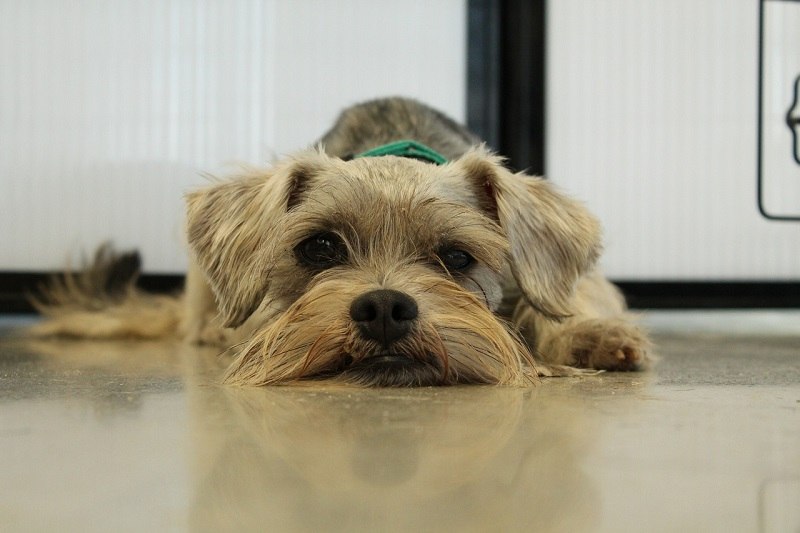
Wrapping It Up
Keeping unhealthy foods away from your dog is tough. You can hover over your dog however much you want, but it will still find something to eat that should be left on the ground from time to time. A few nibbles of Lucky Charms off the floor usually won’t cause your pup any issues, but make sure it doesn’t become a habit.
Featured Image Credit: Jennifer White Maxwell, Shutterstock


